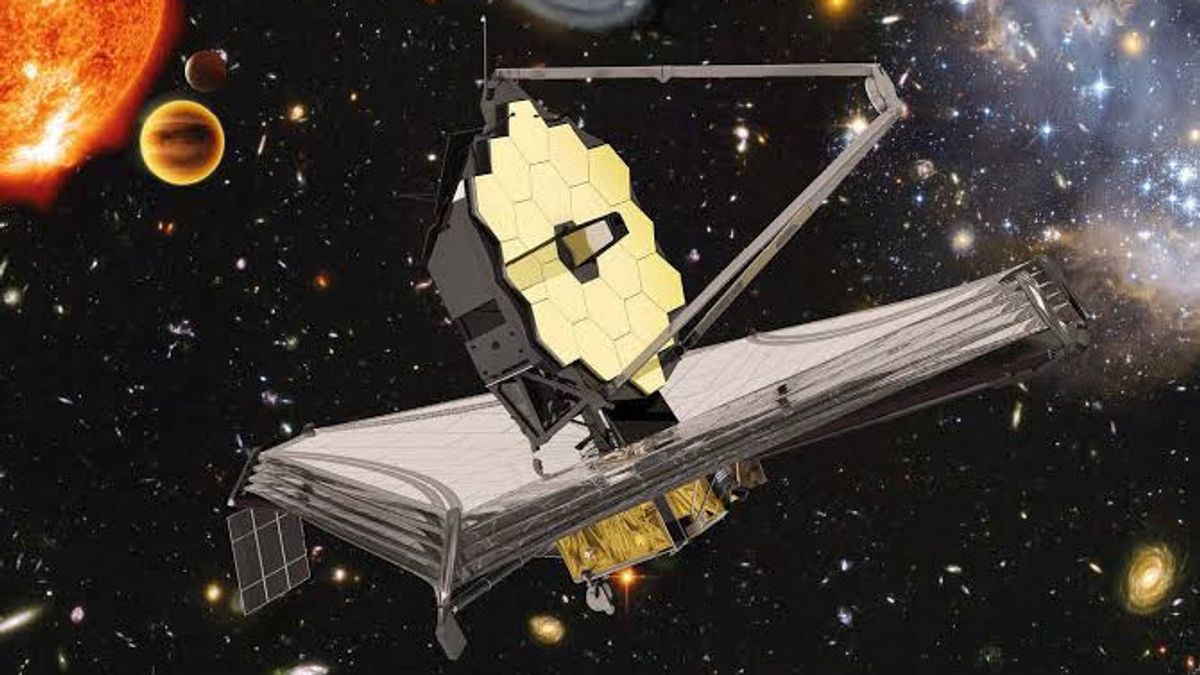JAKARTA - The James Webb Space Telescope is not immune from interference, even though its price costs billions of dollars. One of the instruments experienced communication delays.
According to an official NASA statement, Near Infrared Imager and Slitless Spectrograph (NIRISS) on the Webb Telescope is currently offline, and all science observations using the instrument should be rescheduled as engineers are trying to repair the object.
"On Sunday, January 15, NIRISS James Webb Space Telescope experienced delays in communications within the instrument, causing its flight software to shut down," NASA said.
The instrument is currently not available for temporary science observations of NASA and the Canadian Space Agency (CSA) working together to determine and fix the root causes of the delay. There is no indication of any danger to the hardware, and the observatory and other instruments are all in good health," he added.
The Webb telescope was launched in December 2021 and has been making science observations since July 2022, stunning the world with its beautiful images and revolutionary data.
The NIRISS allows the telescope to precisely direct its cameras and instruments to capture light from objects far away in space.
The spectrograph operates at near-infrared wavelengths, and is a special instrument that can separate light from individual objects that are seen quite close together.
Launching Space, Friday, January 27, NASA stated, under normal conditions, NIRISS can operate in four different modes.
The instrument can operate as a camera when other Webb Telescope instruments are occupied, can analyze light signatures to study the atmospheres of small exoplanets, perform high contrast imaging, and have modes tailored to find distant galaxies.
Astronomers use NIRISS to detect exoplanets and take wide-field images to study stellar and galaxy populations.
But those who are using telescope instruments or plan to wait until the tool returns online. This means that the valuable observation time given to astronomers must be adjusted.
NIRISS is not the first instrument on the Webb Telescope to experience problems. In August last year, the lattice wheel inside the observatory's Mid-Infrared Instrument (MIRI) began showing signs of friction.
The wheels are only used in one of the four instrument observation modes, so personnel stop the observations while continuing MIRI's work in three other modes.
In November, engineers had tracked the cause of the problem and began developing guidelines for using a safely affected mode, called the Medium Resolution Spectrometer.
Then late last year, the Webb Telescope spent two weeks with errors repeatedly sending the telescope into safe mode, disrupting science observations. Engineers tracked this issue to a software error in the observatory's attitude control system.
The English, Chinese, Japanese, Arabic, and French versions are automatically generated by the AI. So there may still be inaccuracies in translating, please always see Indonesian as our main language. (system supported by DigitalSiber.id)













